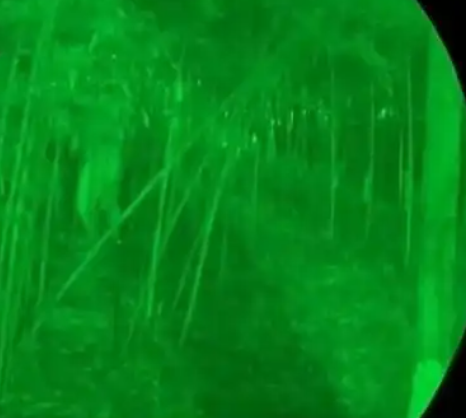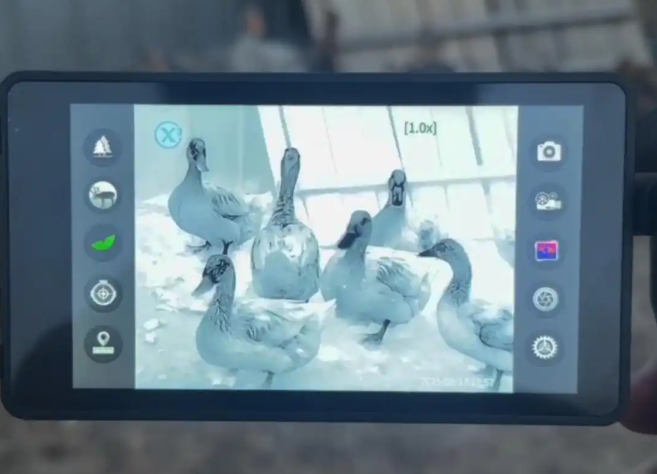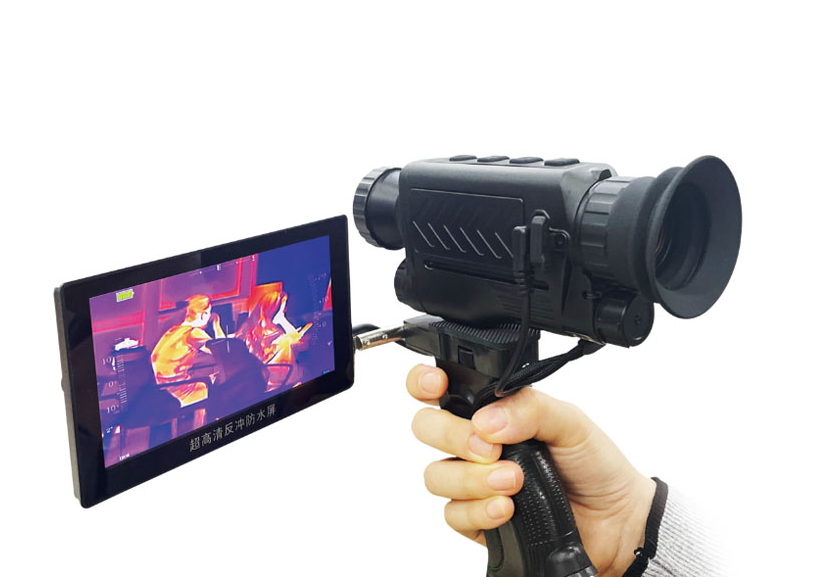Thermal imagers and night vision goggles are both great tools for nighttime observation, but many people don't understand the differences between them, making it easy to buy the wrong device. This article will explain the differences between the two in detail to help you make an informed choice.

The fundamental difference lies in their imaging principles. Thermal imagers detect heat (infrared radiation) to create images, completely independent of light. Even in pitch darkness or obscured environments, as long as there's a temperature difference, they can reveal targets. Night vision goggles, on the other hand, require ambient light or infrared fill light and cannot function independently in complete darkness.

Their images differ significantly. Thermal imagers primarily produce images in black and white or pseudo-color, highlighting heat sources but blurring details and colors. Night vision goggles produce images that are closer to the real world and are suitable for identifying detailed appearances. However, their effectiveness deteriorates in interference such as fog, smoke, and strong light, while thermal imagers offer stable performance.

Different Application Scenarios. Thermal imagers are suitable for search and rescue, patrolling, security, inspection, and other scenarios requiring rapid target detection. Night vision goggles are more suitable for observation, filming, and identification in conditions with adequate light, such as nighttime wildlife observation, videography, and interpersonal interactions.
Each has its pros and cons; choose based on your needs.
Thermal imagers offer superior detection capabilities, while night vision devices offer excellent recognition capabilities. However, thermal imagers tend to produce grainy images, and night vision devices are significantly affected by ambient light.

Purchasing Recommendations:
For finding hidden targets or operating in extreme environments, choose a thermal imager. Mobile thermal imagers like the Onick RM-1 and RM20 are portable and easy to use, while foldable thermal imagers like the Onick RM-1, RM20, RE-45L, and RE60 are suitable for extended use. For clearer detail and video capture, choose a night vision device. Professionals can use them in combination for greater efficiency.
In short: thermal imagers focus on "finding," while night vision devices focus on "recognition." Clarify your needs before making a decision.


